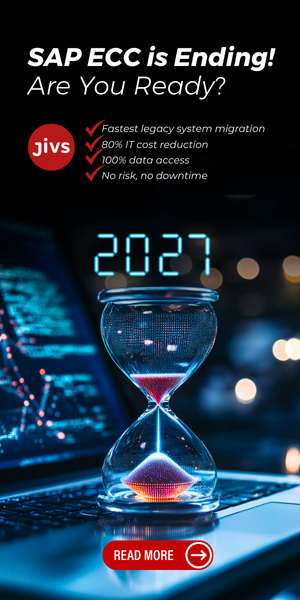Digital transformation has been viewed as a key enabler for the public sector, which is facing increased pressure to improve efficiency, transparency, and citizen engagement. However, Unit4’s latest 2025 State of Digital report, based on surveys across Canada, the Netherlands, Sweden, and the UK, reveals that this promise of technology-led reform has not been fully realized in this sector.
Although their strategic intentions are strong, with 98% of surveyed public sector organizations claiming some form of digital transformation strategy, they often fall short in delivery. For example, in the UK public sector, 75% of organizations have yet to fully implement their digital transformation strategies. Moreover, in 2025, only 16% of UK organizations have fully implemented strategies across their entire operations, a decline from 23% in 2023. This suggests that, although aspirations are high, widespread systemic change has yet to materialize.
The Big Hurdles
Frustrations with existing IT systems are a significant impediment, the Unit4 report indicates, with 70% of respondents struggling to access data in real-time. The manual data export rate increased from 40% in 2023 to 50% in 2025. Additionally, 60% of respondents doubt that back-office transformation will deliver the expected interoperability.
The report reveals that financial concerns are also prevalent, with 53% organizations lacking budget confidence, 45% anticipating delays, and 59% noting that they feel digital transformation hasn’t achieved the value for money they expected. Over half (52%) also report suboptimal value from current solutions.
Some of the non-technological challenges faced by public sector bodies in their quest for digital transformation include:
- Significant increase in red tape: 41% in 2025 versus 28% in 2023
- Changing priorities (41%)
- Leadership resistance (37%)
- Growing issue of organizations not planning well for change: 31% in 2025, versus 24% in 2023
Other issues include internal misalignment (45%), system complexity (43%), and leadership gaps (41%). Data silos are also persistent barriers, with 49% requiring major improvements in data compatibility.
An Optimistic Future
Still, public sector organizations remain hopeful, with 74% of the respondents expecting to complete their change strategies within two years. Additionally, there is a strong belief among the organizations surveyed that connected back-office systems and shared data will have a positive impact. Encouragingly, 40% are already adopting AI, showcasing a willingness to innovate.
The report also reveals a shift toward adopting lower-cost solutions through collaboration and embracing Software-as-a-Service (SaaS) models. Organizations’ key priorities in these areas include:
- Enhancing reporting capabilities (52%)
- Improving system integrations (50%)
- Delivering a better user experience (48%)
The findings also emphasize the importance of measuring the social value of services, with top metrics including improvements in citizen well-being, helping citizens enhance their circumstances, and cost avoidance.
What This Means for ERP Insiders
The ERP professional must evolve into an integration and data strategist. The report paints a stark picture of a promise unfulfilled, with data fragmentation identified as the primary culprit. Organizations are crippled by data silos, an inability to access real-time data, and deep-seated doubts about achieving interoperability. Unit4’s findings indicate that the era of single-vendor, monolithic ERP implementations is over. ERP professionals today must evolve from configuring finance or HR modules to having the ability to integrate the core ERP system with everything else. This means ERP Insiders must shift their focus and skillset towards integration tools. Lead conversations about API strategy, master data governance, and build a single source of truth.
User experience and change management are now core technical skills. Some of the hurdles, such as internal misalignment, system complexity, and leadership gaps, that the Unit4 study identifies suggest that organizations are increasingly failing to plan for change. This is compounded by the fact that improved user experience (UX) is one of the top three back-office needs. Thus, achieving value for money is about adoption and usability. Clunky, unintuitive systems fuel resistance and reinforce the feeling of suboptimal value. To overcome this challenge, ERP Insiders must become fierce advocates for the end-user. This means mastering and promoting tools that create simple, role-based interfaces. Moreover, embed change management into project methodology from day one through user-centric workshops, and partner with client communication and HR teams to manage the human side of the transformation.
The definition of value has expanded. The public sector’s focus is evolving, and while efficiency savings remain a key driver, sustainability is a fast-growing priority, according to the Unit4 study. There’s also a shift towards measuring the social value of services provided by public sector organizations. This is a golden opportunity to elevate the ERP professional’s role from a technical expert to a strategic partner. Proactively learn how to configure ERP to track these emerging metrics and explore solutions or develop custom reports that tie operational data to social outcomes to stay ahead of the curve.






